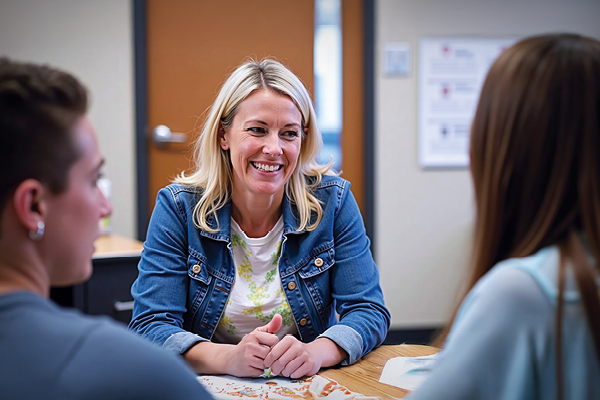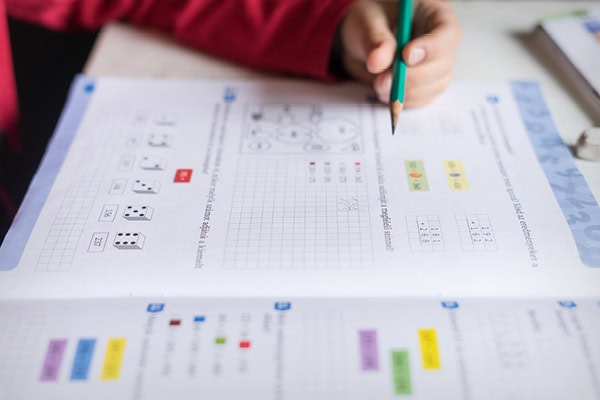A Hechinger Report article discusses the trend of states using talk pedometers and conversation coaches to help teach young children.
An increasing number of cities, states and individual programs, including Texas, Virginia, Mississippi and Washington, D.C., are training teachers and evaluating programs on how warm and responsive teachers are, including how empathetic they are to the children’s needs. Large child care chains like KinderCare have revamped their teacher training programs to place greater importance on teacher-child interactions. Louisiana is one state that makes interactions the sole focus of how it assesses child care quality.
“Of all the things that matter in children’s experiences in a classroom, nothing is more important than the relationships and interactions that they have with the educators and other children that they spend time with,” says Bridget Hamre, a research associate professor at the University of Virginia who co-authored an early childhood classroom scoring system that rates teacher-child interactions.
Talking and play between teachers and children – the type and the quantity — are crucial because the brains of infants, toddlers and preschoolers develop faster during the child care years than at any other time in their lives. This involves a process called serve and return, when a caregiver and a child engage in back-and-forth exchanges like a “lively game of tennis,” according to researchers at Harvard University. These conversations help strengthen circuits of the brain and create the foundations for language, social skills and other cognitive abilities. Responsive interactions can benefit a child’s school readiness, working memory, behavior, academic development, and social and emotional skills.
Many caregivers struggle to provide sufficient time for engaging and responsive interactions, according to research. One study found about 1 in 4 children experience little attention from their caregivers, even in programs with high overall ratings on state quality scales.
Teaching Obstacles
Relationships with children are cited by pre-school teachers as the favorite part of their day, but real-world obstacles can blunt teachers’ best efforts at nurturing, one-on-one relationships:
1) Many child care teachers are responsible for large numbers of children and they are paid low wages.
2) More disruptive behavior is common in these post-pandemic times.
3) “Stress really reduces everybody’s capacity to invest in the kinds of relationships that matter most,” says Hamre. “The reality of being an early childhood teacher right now is so incredibly stressful. It makes it hard to prioritize those kinds of interactions when … you are supporting children who are coming in with so many challenges of their own,” she adds. “
Potential Solutions
1) In Mississippi, which has one of the highest staff-to-child toddler ratios in the country, Jackson-area child care director Lesia Daniel trains her staff to help them learn the nuances of how to engage most meaningfully with young children. Instead of asking a question like, “What color is your car?” Daniel says questions should build vocabulary development and critical thinking skills. A teacher might ask: “Who’s riding in your car? Tell me about those people.”
2) Across the country, states including Georgia, Arkansas, Texas and Vermont are teaching early educators about interactions and adding or expanding a teacher-child interaction component on state child care quality rating systems.
3) In 2020, Virginia officials enacted a law requiring any early learning program receiving public funding to participate in the state’s child care improvement system. This includes a teacher-child interaction scale. Teachers are observed twice a year to see how meaningfully they talk to and play with children. The data allows program officials to offer intensive counseling to teachers who score low on the interaction scale, says Jenna Conway, Virginia’s deputy superintendent of early childhood care and education.
4) Having more conversations and interactions with young children requires a mindset shift for teachers, says Conway. Some teachers fear that encouraging more conversation will lead to more classroom management challenges. Many teachers associate less talk with a more controlled environment.
In response, “directors and others are smarter and more strategic about who they’re hiring,” says Conway. This includes recruiting educators with the right temperament for the classroom and educating new hires on the importance of conversing and engaging with pre-schoolers.
The Hechinger Report





